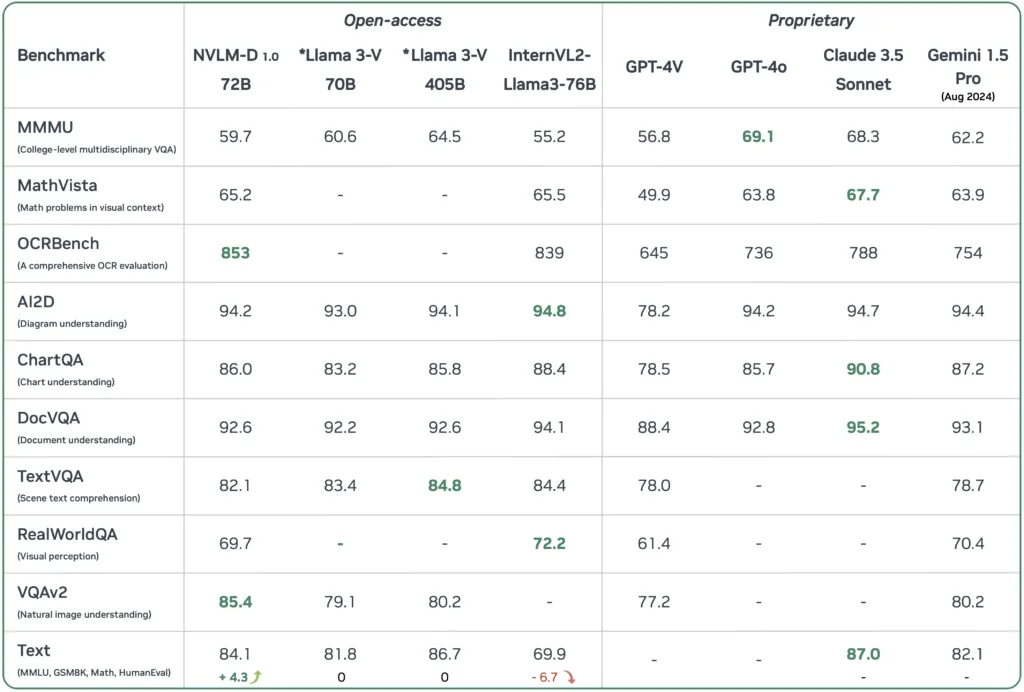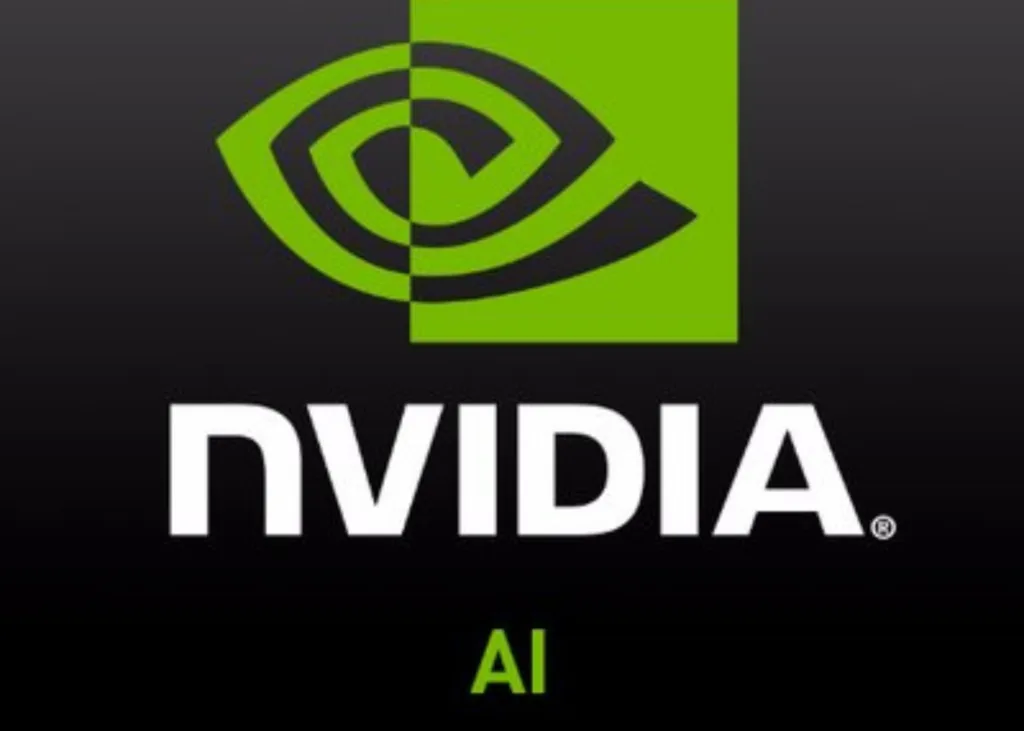Introduction
In a groundbreaking development, NVIDIA’s Applied Deep Learning Research (ADLR) team has unveiled NVLM 1.0, a family of frontier-class multimodal large language models (LLMs). This innovation marks a significant milestone in the field of artificial intelligence, particularly in the realm of vision-language tasks. NVLM 1.0 is designed to push the boundaries of what AI can achieve, offering unprecedented capabilities and performance.

Key Features
NVLM 1.0 stands out for its state-of-the-art results on vision-language tasks, a testament to its advanced architecture and training methodologies. One of the most remarkable features of NVLM 1.0 is its ability to enhance text-only performance following multimodal training. This dual capability not only broadens the model’s applicability but also sets a new benchmark for future AI developments.
Must read: Meet James: NVIDIA’s New Digital Human That Feels Almost Human
Comparison
When compared to other leading models such as GPT-4o, Llama 3-V 405B, and InternVL 2, NVLM 1.0 holds its ground impressively. While GPT-4o is known for its robust text generation capabilities, and Llama 3-V 405B and InternVL 2 excel in vision-language integration, NVLM 1.0 combines the strengths of both domains. This hybrid approach allows NVLM 1.0 to deliver superior performance across a wider range of tasks, making it a versatile tool in the AI toolkit.
Open-Source Contribution

A significant aspect of NVLM 1.0 is NVIDIA’s decision to open-source the model weights and training code through Megatron-Core. This move is poised to democratize access to cutting-edge AI technology, enabling researchers and developers worldwide to build upon NVIDIA’s work. By fostering a collaborative environment, NVIDIA is not only advancing the field of AI but also ensuring that the benefits of these advancements are widely accessible.
Applications and Implications
The potential applications of NVLM 1.0 are vast and varied. In industries such as healthcare, finance, and entertainment, NVLM 1.0 can be leveraged to develop more intuitive and intelligent systems. For instance, in healthcare, it could assist in diagnosing diseases through image analysis combined with patient data. In finance, it could enhance predictive models for market trends. The broader implications of NVLM 1.0 include accelerating the pace of innovation and setting new standards for AI performance and reliability.
Conclusion
In summary, NVLM 1.0 represents a significant leap forward in the field of multimodal large language models. Its state-of-the-art performance, combined with NVIDIA’s commitment to open-source collaboration, positions it as a pivotal development in AI. As the AI community continues to explore and expand the capabilities of NVLM 1.0, its impact is likely to be profound, driving the next wave of advancements in artificial intelligence.



